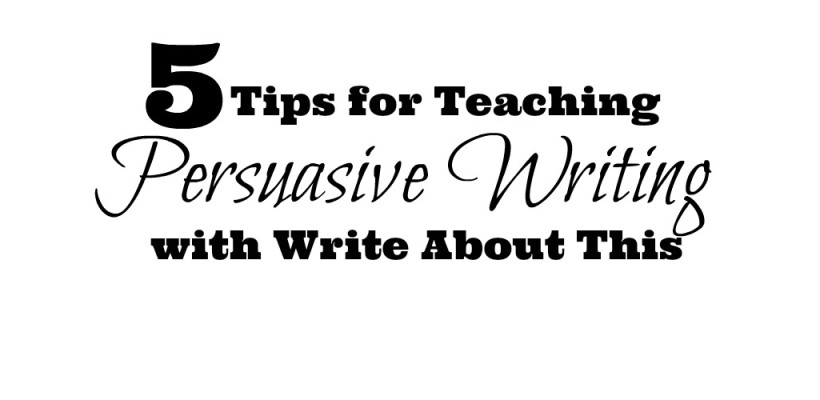
By Lynn Trompeter
I teach 3rd and 4th grade special education and am constantly making accommodations and modifications to the general education curriculum in order to teach them the same concepts, but in a way that is not so abstract. Many of my students have learning styles that do not include worksheet work or paper/pencil activities, which is usually most of the traditional materials at this age level. In order to match the curriculum, I create or find other resources that will help me accomplish this goal. Most students love technology and the use of iPads so finding Write About This really added to the possibilities for me to help my students access the required curriculum.

In math, they needed to complete a worksheet with arrays by looking at pictures of arrays (rows of dots) and writing a multiplication sentence for it. I wanted to take this assignment and make it more meaningful and understandable without losing the core concept. Students had several manipulative options to work with, (play dough, tootsie rolls, toy animals, marbles, game pieces, cheerios or other cereal, beads, pebbles, macaroni noodles, etc.).

After giving them an example of my own I asked them to think of a math story that included friends or family and to use the manipulative they have chosen to model it. They created the arrays, took a picture of it, and then wrote their story with math sentence with the easy-to-use Create A Prompt feature.

I really appreciate Write About This because of the versatility along with its simplicity. It is user-friendly and easy to teach students to use. I absolutely love the choice of creating my own prompts to fit the needs of my students!
—
Lynn Trompeter has taught for the last 30 years in K-8 Special Education and Preschool. She received her BA and MA in education from Morningside College, and her National Board Certification in 2010. Teaching is her passion. At school, she enjoys creating a warm, homey, creative learning environment for her students. In Lynn’s spare time she reads, writes, walks her dog, does a little gardening, swims, and even does a little roller skating. She also enjoys traveling, exploring museums and learning about other cultures.
We hope you are finding ways for your students to write across the curriculum and encourage you to share student examples with the Write About This community! -Brad



















 With Quick Write now available, students do not need to be filtered through a “prompt” to get started! Just snap a photo and start writing!
With Quick Write now available, students do not need to be filtered through a “prompt” to get started! Just snap a photo and start writing!
2 Comments